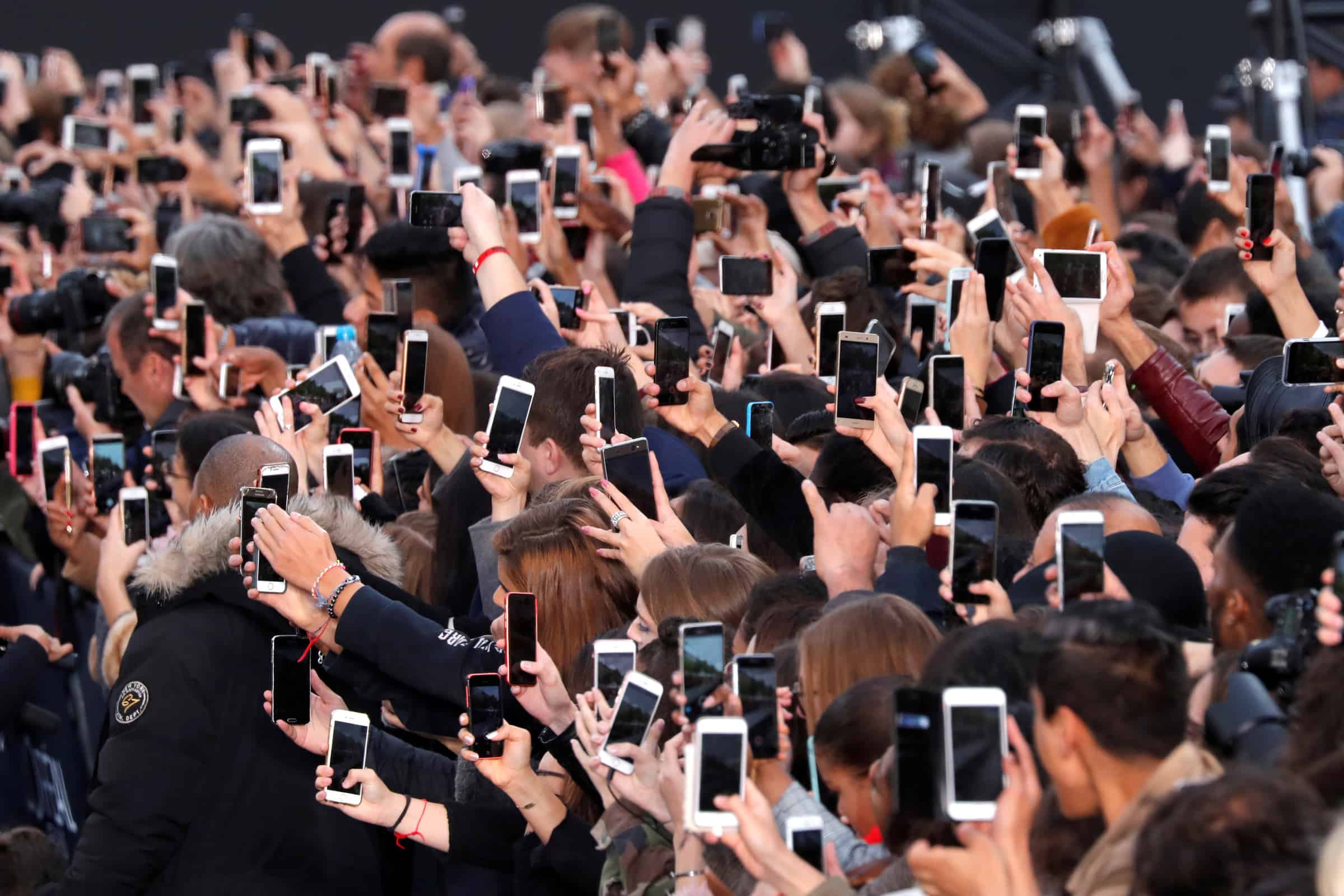This article is the second article in a three-part series on 5G technology. Read the first one here, and stay tuned for the third piece.
The first time I can remember hearing an inanimate object being labelled “smart” was on the release of the first iPhone, which launched the era of smartphones. Since then, more and more devices have accrued the label of “smart” based on their ability to capitalize on data, connect with other devices, and efficiently complete their tasks. The label has now moved beyond individual devices to encompass networks of devices, forming the internet of things found in “smart” homes. In these homes, lighting, security, and entertainment devices, as well as other appliances, can all connect to communicate and form a streamlined experience of home management.
Now imagine that interconnectivity encompassing an entire city.
As 5G networks are rolled out in cities nationwide, residents may notice an increase in the number of “small cell” sites, or network antennas that can easily be mounted on a streetlamp or similar fixture. These sites allow 5G networks to thrive in urban environments and provide users with the data capacity and speeds that 5G promises. 5G also enables device-to-device, or D2D, communication, which allows devices in close range of each other to easily connect and share data instantaneously. Combine small cells, D2D communication, and artificial intelligence to automate decision-making into a larger, faster internet of things, and you have the foundation for a smart city, a city in which thousands of devices can constantly share massive amounts of data and create a whole new way of living.
In these cities, self-driving cars could communicate with each other for safer transportation. Simultaneously, cars can inform traffic lights of their routes and destinations so that traffic flow and parking can be optimized. Streetlamps can dim or brighten based on the time of day and how many people are around. Sensors could monitor air quality to gather data about carbon emissions and cause alerts in case of dangerous gas leaks. And that’s just the beginning!
Beyond these relatively simple ideas, innovators could develop any number of ways for smart cities to shape ways for inhabitants to go about their daily routines, explore, and stay safe while doing so. Additionally, these innovations lend themselves to more efficient energy use, making smart cities more ecologically friendly than current models of urban life. The possibilities are innumerable, exciting, and already being implemented. By the standards we have set up for “smart” devices, smart cities seem poised to become the smartest of all by implementing the most technology and data for the greatest efficiency and effect. However, in the rush to create such a technologically “smart” entity, we cannot fail to ask what will make it “smart” by more human standards.
What social and political questions will such technology raise? Smart cities will not be accessible to all, but their development will certainly end up affecting the larger social context that includes both urban and rural communities. Lower socio-economic classes may not have or be given the means necessary to take advantage of a smart city’s capabilities, while those with more money and influence who harbor concerns could easily choose not to participate in the technology’s usage. Even within smart cities, while it remains unclear whether the technology will be utilized universally or only by some, there will undoubtedly be a widespread effect on society.
In addition to questioning the impact smart cities will have on social structure, it will also be important to examine how smart cities will react to particular situations. Emergency scenarios will certainly occur and carry with them a variety of important considerations; how will the technology prioritize and address concerns? The role of automation in smart cities will undoubtedly affect workers; which jobs will be eliminated, and what kinds of jobs will be created? With so many connected devices and so much data being utilized, one breach in security could jeopardize the privacy and safety of millions; how will security, privacy, and safety be ensured?
With so much potential yet to be realized, it will be crucial for each new innovation to be properly examined before it is adopted, although it is far from clear who will examine it and how. Technology is catching up with our imagination, reshaping the world as we come up with new ideas. While these ideas are exciting and can help improve life for many, they may also carry adverse side-effects we failed to consider.
Since the development of smart cities is in our hands, ultimately it is up to us to address our concerns first and not let technology dictate outcomes that we must accommodate. By doing so, we can make sure that smart cities are not only smart when it comes to the technology they utilize, but also in how they consider the impact they will have on millions of lives. As our lives become more and more closely tied to smart devices, examining these connections becomes vital for our growth. In my next article, I will reflect on how 5G cuts cables from our lives while potentially tying us down with new ones.


